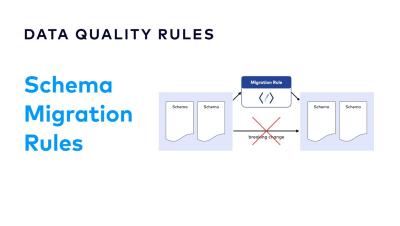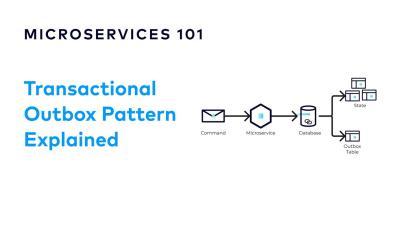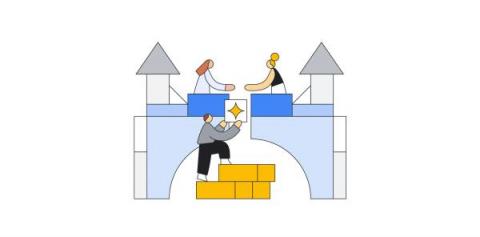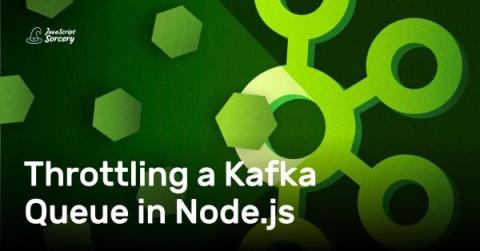Event Sourcing is a pattern of storing an object's state as a series of events. Each time the object is updated a new event is written to an append-only log. When the object is loaded from the database, the events are replayed in order, reapplying the necessary changes. The benefit of this approach is that it stores a full history of the object. This can be valuable for debugging, auditing, building new models, and a variety of other situations. It is also a technique that can be used to solve the dual-write problem when working with event-driven architectures.











